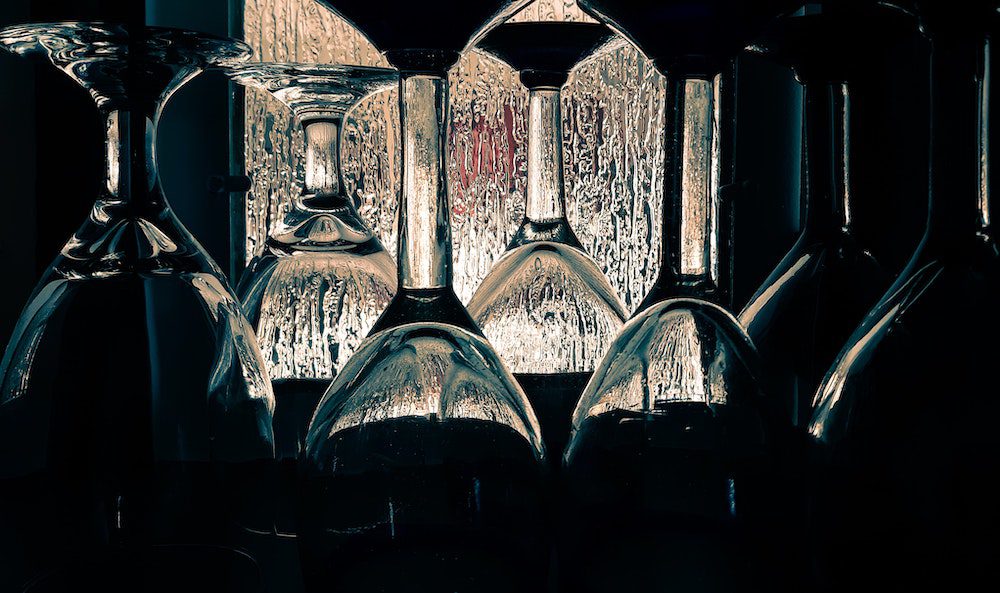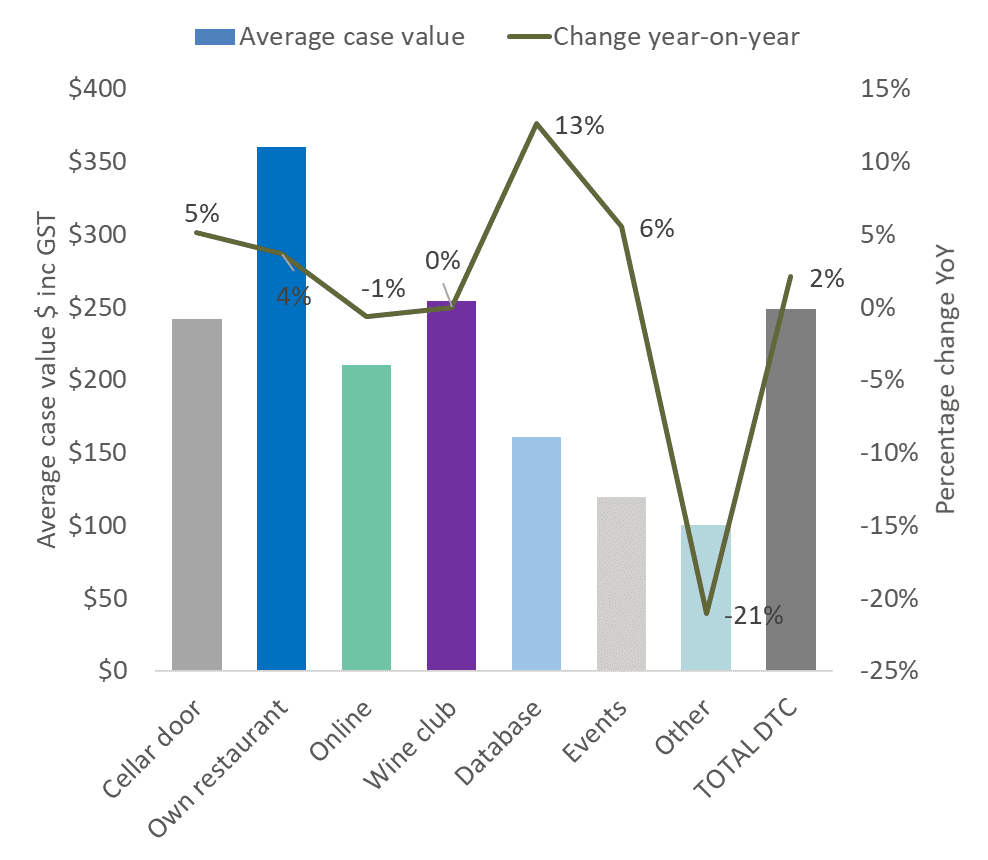
Wine sales direct to consumers grew by seven percent in value in 2019-20, outperforming other sales channels, according to the results of Wine Australia’s Wine Direct-to-Consumer survey report 2020, released today.
Overall, wine sales via all channels declined by three percent during the same period.
Across the sector, direct-to-consumer (DTC) sales make up an estimated 17 percent of the total value of wine sales, but for the majority of Australian wine businesses that produce fewer than 20,000 cases, DTC sales account for more than 50 percent of wine sales value and therefore underpin the success of the sector.
Wine Australia CEO Andreas Clark said the strong performance of DTC channels in 2019-20 was good news for the sector as it had helped Australia’s 2,000-plus wineries come through the difficult conditions of the past 12 months.
The best performing DTC category in percentage terms was the online category, which grew by nearly 50 percent in value.
Database and wine club sales also contributed to the overall growth – up by 21 percent and 12 percent respectively.
“It was not surprising that ‘non-contact’ channels had the highest growth rates, with cellar door and events suffering from the effects of Covid-19 pandemic lockdowns and restrictions, as well as the after-effects of fire in some regions,” Mr Clark said.
“These results confirm anecdotal feedback from wineries and results of consumer research showing a strong shift to online purchases as a result of the pandemic restrictions.”
The effects of the Covid-19 pandemic were evident in the 23 percent reduction in visitor numbers to cellar doors across the 12 months to the end of June 2020.
All of the decline occurred in the first six months of 2020, when visitor numbers were down by 47 percent compared with the corresponding six months in 2019. Despite the decline in numbers, cellar door sales were still the largest contributor to DTC sales, but lost share from 40 percent to 35 percent.
The survey found that businesses made an average of three significant changes to their cellar door practices as a result of the Covid-19 restrictions, with the most common being a move to seated tastings only and taking bookings for tastings.
“These are significant changes, requiring substantial modifications to practices, infrastructure, resources, marketing and selling strategies,” Mr Clark said.
“However, they have proved to be beneficial in many cases, with the average case value of sales in cellar doors rising by five percent in 2019-20.”
Participation rates in the survey dropped this year, possibly as a result of the additional burdens and challenges of 2020.
Mr Clark encouraged all wineries to read the report and consider participating next year.
“The survey provides individual businesses with a useful comparison to other businesses but even more important is each business collecting their own data,” he said.
“Without collecting and analysing their DTC data, individual wineries cannot work out how well their business is doing, set targets, measure improvement, identify successful strategies and tactics or provide incentives for staff.”
The report can be downloaded here.
Photo by Steve Johnson on Unsplash

Figure 1: Average case value by direct-to-consumer channel.













Recent Comments